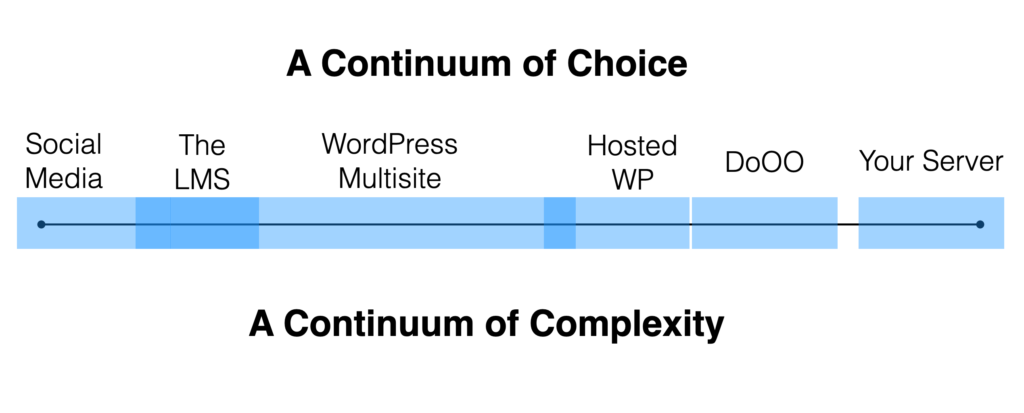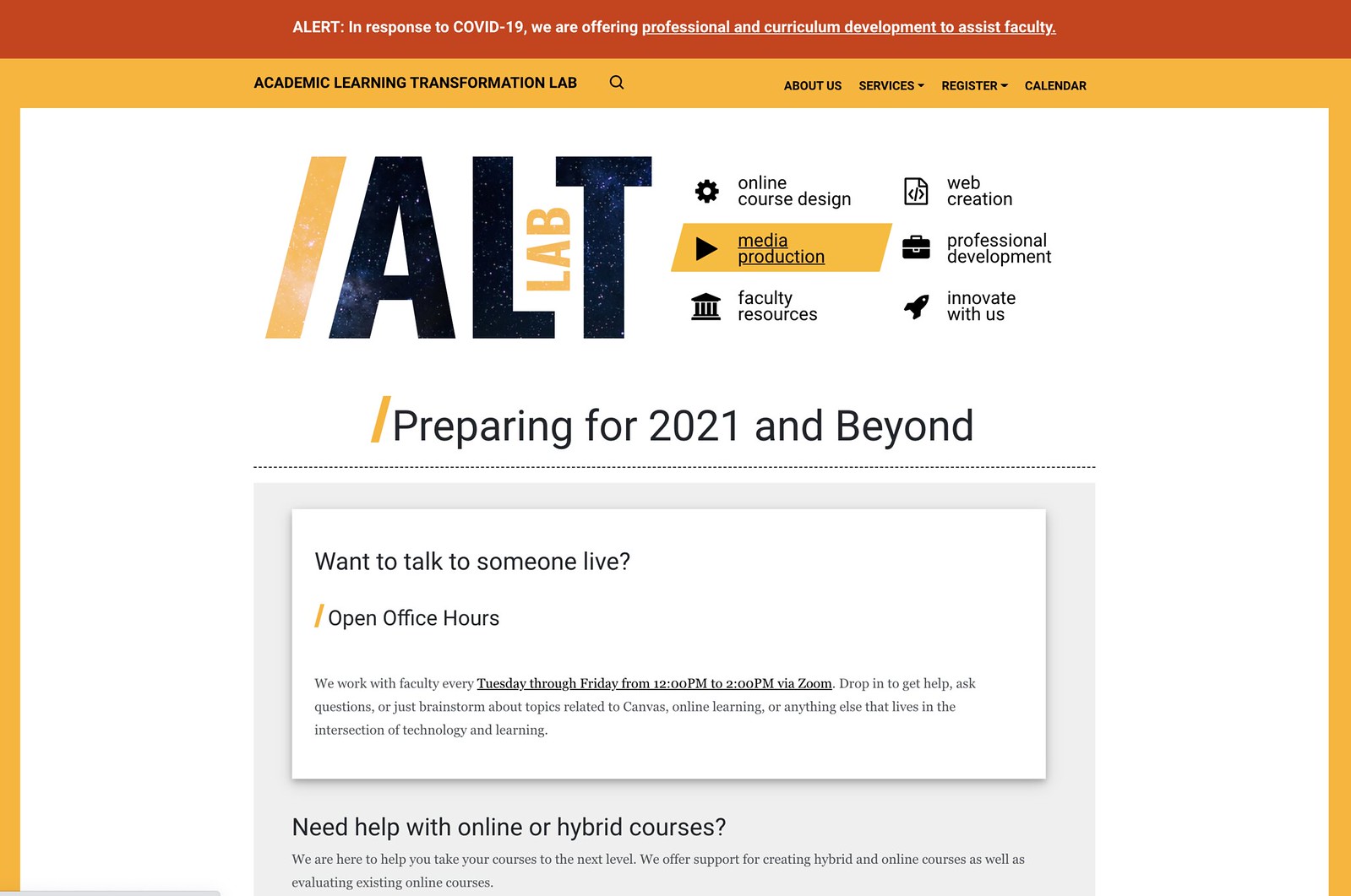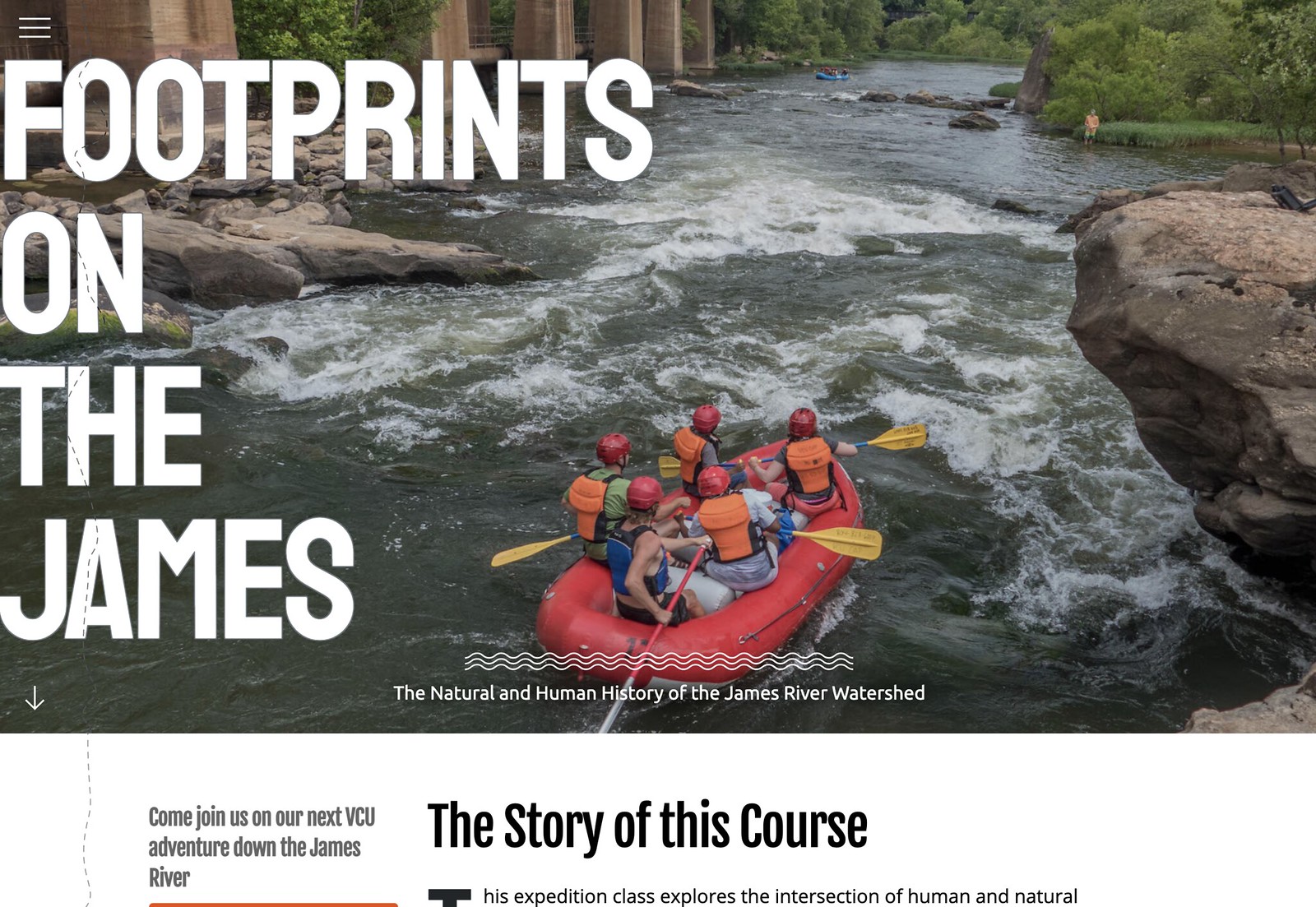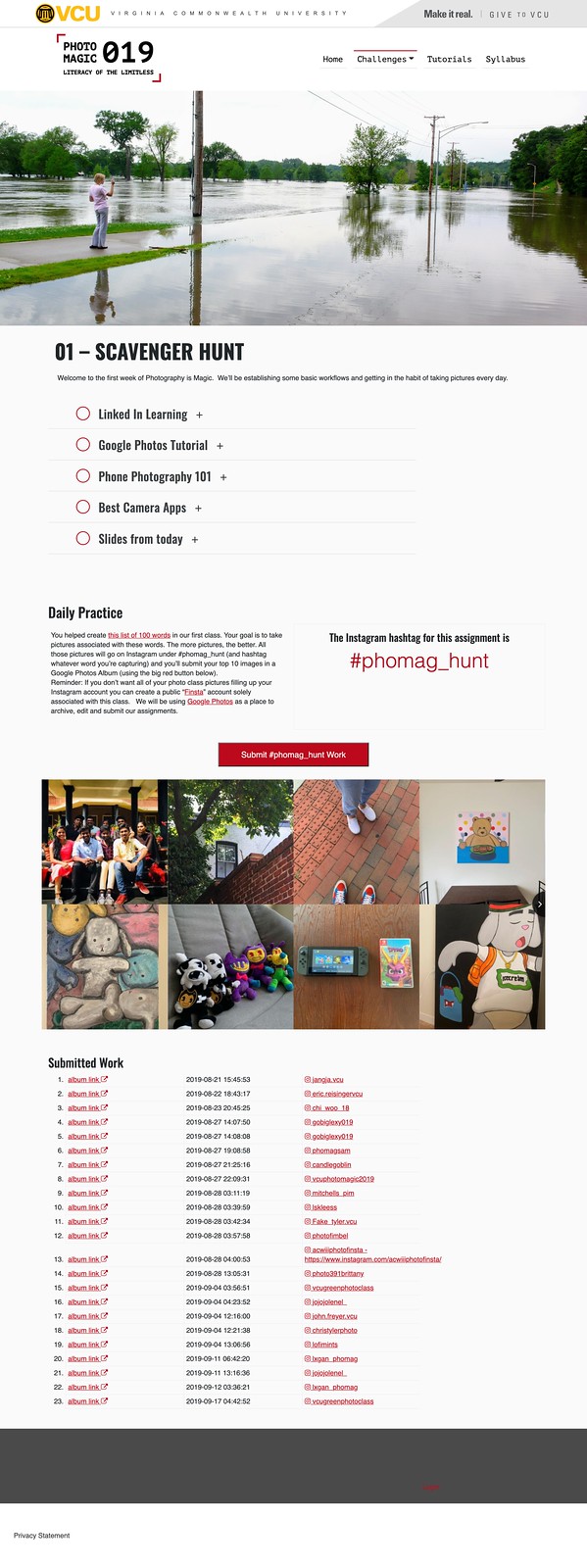I’m trying to document this idea better because I’ve had trouble communicating it in the way that I want as I’ve started my new job.1
A dog is a chihuahua is a great dane
WordPress multisite is a thing but it’s a thing that can be as different as a chihuahua is from a great dane. They’re both dogs but if you talk about a dog and one person is thinking chihuahua2 and the other is thinking of a great dane then you’re going to have significant confusion. Sure the word dog is the same but what each person has as a mental model is so radically different.
One one end of the spectrum with WordPress multisite might be a site that’s locked down. It has a narrowly defined purpose and very limited themes and plugins. You may find there is only one theme and the plugins are all network activated. Your choice in this space is still greater than what you’d get in Facebook or Twitter but it’s pretty tightly controlled. This can be good for some people and some purposes. It’s consistent. Very little can go wrong because there are so few choices. People are not overwhelmed by choice.
On the other end of the spectrum is what we tried to do with Ram Pages. You have a couple hundred themes and a couple hundred plugins. The goals is to make pretty much anything people wanted to do happen in that space. You can’t install your own themes/plugins but we’ve covered most of the bases and would respond to unmet needs pretty aggressively. If we didn’t find a theme, plugin, or combination that met people’s needs then we’d make one.
The idea of so much choice can be intimidating. It’s not so much choice as a domain of one’s own cpanel (choosing the software and going from there) and certainly not like having root access to a server (with ultimate power comes ultimate responsibility and a ton of necessary knowledge) but it is a lot of choice compared to the locked down WordPress multisite and it’s a lot of choice compared to an LMS or today’s social media.

I started to write “freedom” rather than “choice” but realized how loaded that vocabulary was. I certainly prefer choice but also understand that I’ve built up that tolerance over time. I like choice because I’ve built up the callouses/scars etc. over time. I also have the time and emotional bandwidth to deal with additional choices. It wouldn’t be the same were I just desperately trying to keep my head above water. Not only do I like this stuff, I’m paid to think about it and experiment.
I do think we can and should help our faculty and students see options and possibilities. I do think that if they better understand the landscape they can make choices that will be better for them individually. There’s a lot that goes into that and it’s radically different for different people at different institutions.
I’ll ramble on a bit more about the little diagram I made because it’s something I’ve been thinking about for a while.
Social Media
Today’s most popular social media is very locked down. Facebook and Twitter don’t allow any HTML or CSS. The days of experimenting in MySpace/GeoCities/Live Journal are gone. That’s sad to me. You can decide what you write and what media you embed (up to a point) but you are in a rented apartment and you are not allowed to paint the walls. You can be evicted at any point for any reason and have no recourse. You pay with your content and by giving them data.
The LMS
There are often more choices in the LMS. You can usually get at the HTML if your institution hasn’t locked it down further. You can usually tie in a variety of third-party options or even iframe in some content. Likely your institution is paying the LMS company AND the company is tracking various kinds of data for its own benefit. This is tricky in lots of ways because students don’t have much choice about participation and paying a company money while also paying a company in data that is valuable is a scenario that requires a lot more consideration. I don’t see it going away as externally-hosted options are where the LMS has gone for most institutions (and for lots of reasons) and using data to make sure it all works is . . . the way things work. The spectrum of data gathered and for what purpose and at what value is a huge and complex conversation. I think we’ve ignored it for the most part in other sectors like credit cards but I also don’t know enough about that kind of thing to comment with any real understanding. I’m just suspicious and mouthing off at this point.
WordPress Multisite
I’ve hit on this one enough. There are probably other systems like WPMS so feel free to substitute your own similar system. These systems might be externally or internally hosted but they give individuals options within the larger single-software ecosystem.
Hosted WordPress
You are on one software. That choice is made but there are lots of options within that choice that you can make- themes, plugins, css, html etc. You may have limits on those things depending on the host. Those choices can be odd. I recall that WPEngine blocked rand() by default. You have more control and can need more technical expertise to take advantage of those choices.
DoOO/cPanel
You now have a choice in what you’re running in. There are easier choices- the apps that are bundled for one-click installation but you can go beyond that. That’s where knowledge of what’s possible and being technically able to do it start to get more complex. This scenario is usually on a shared-hosting scenario so you’re likely going to be limited in terms of resource use and you won’t have the kind of full control that exists with your own dedicated server.
Your own server
There’s actually quite a bit of difference here as well. You can be root user for a server you physically own (it’s under your desk) and you can be root user to a virtual server on some cloud service somewhere. These come with lots more options and the need for lots of more technical skill and understanding.
Custom Development
I’m trying to talk to people about how we did custom development work. The idea is that we have some patterns that we used across projects. Those patterns helped us build things more quickly. We have a starter theme, some key plugins, some ideas around how those things come together to get at the results we’ve seen that many people want. This isn’t for “bleeding edge” stuff but that kind of work is really pretty rare.3 This is for taking things to the next level. It is custom. It’s not a template that results in similar looking sites or even similar authoring experiences, rather it’s a set of tools that lets you build very different things more quickly because the group has shared knowledge and skills. You’re doing this when you choose to build in WordPress or program in a specific language or communicate in the same platform. These are all choices that come with restrictions but also give you advantages by constraining your choices.
Consider it more like agreeing that we’ll use screws to join wood together because we’ve found that we often take things apart again to make adjustments. We have tried nails but found that when we tried to take things apart again the nails did more damage to the wood.
Or maybe we’ve setup the kitchen so that each cooking space has tools in the same areas. That way when we move between cooking spaces but we’ll always know where the pots and knives are. We aren’t making the same food but we have a shared understanding of our working environment.
That doesn’t mean we’re going to always build bookcases or that we’ll always cook the same food. We have just come up with common tools and patterns that let us build/make/cook very different things more quickly and with some overlap in understanding. When this is shared well between people you have overlap that lets you move from an individual project and an individual person towards more of a group effort. That doesn’t mean everyone will have exactly the same skills but it ensure enough overlap for communal effort to be possible.
For example, we build with the Understap starter theme because we know where the pieces are and it uses Bootstrap as the CSS framework. Those things let us share some common options across all those themes. We don’t have to come up with individual solutions but rather take advantage of established patterns/vocabulary etc. No reason to invent an entirely new language from scratch if we all speak English.
It’s important to see that that can look and feel radically different. We can build things with wood and not always build chairs. We can cook meat and not always make steaks.
These examples are all made using Understrap but have pretty different visual looks and work very differently in terms of authoring experience. That’s done with a combination of Advanced Custom Fields and the Understrap base-theme with our own custom post types, taxonomies, etc.
ALT Lab Site

While we built out all kinds of stuff that we never used4 this site is still interesting to me. It has custom post types, sends Gravity Forms messages to various Slack channels, ties in with calendars, etc. etc. Matt, Jeff, and I have played different roles in its development over time and we all share enough knowledge to deal with it.
Footprints on the James
I love the feel of this site and Matt’s responsible for that. I helped with some of the authoring patterns as he established the visuals. We took it from a one-off for a particular course and crated a river theme that could then be used as the course was done on various rivers across the USA/world.
Photograph is Magic
Covered previously but worth noting how Instagram and Google Photos are tied together into WordPress so we can take advantage of the affordance of various systems in one place. The ability to do that enables problems to be solved in the space/with the tool that does that best.
Qooler
I managed to forget this on in the art post5 but this site is for an art/design contest in VCU Qatar. It’s hitting a weather API to get the temperature and has a fairly sophisticated application form and review option for the judges. We’ve moved away from the visual that Matt initially designed (which I preferred) but we were able to do that and to work together to do it.
If I had all the time in the world, each one of these projects would have its own post. There is a lot of depth and complexity in how they work and how we take advantage of the build patterns and collaboration but time is not unlimited. I have to make some choices and be ok with that.
I think that’s the moral of this post. To make progress, you must make choices that restrict your choices. That’s sad but necessary. The key is to make choices that don’t restrain you in the ways that you need the most. Make sure the restrictive choices come with significant advantages (efficiency, common understanding, community, etc.).
1 I’ve also got to get writing my Hello to Middlebury series but man this stuff takes quite a while to write.
2 I should have chosen a breed I could spell consistently.
3 Most things have been done before and there are things like it that can be built upon.
4 GitHub API integrations to cound the number bytes in custom themes/plugins. Percentage of programming languages across projects? Cool but no one cared but us.
5 This will likely keep occuring. It’s a big project and I completely forgot it.



Freedom of Choice!
https://www.youtube.com/watch?v=dVGINIsLnqU&ab_channel=DEVOvision